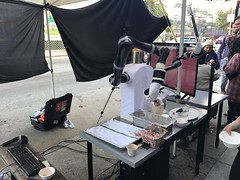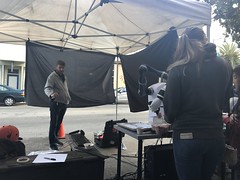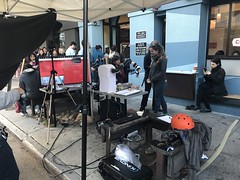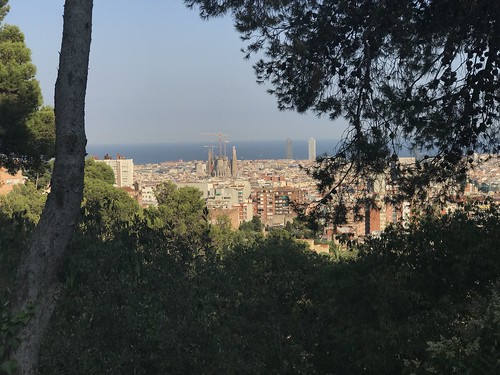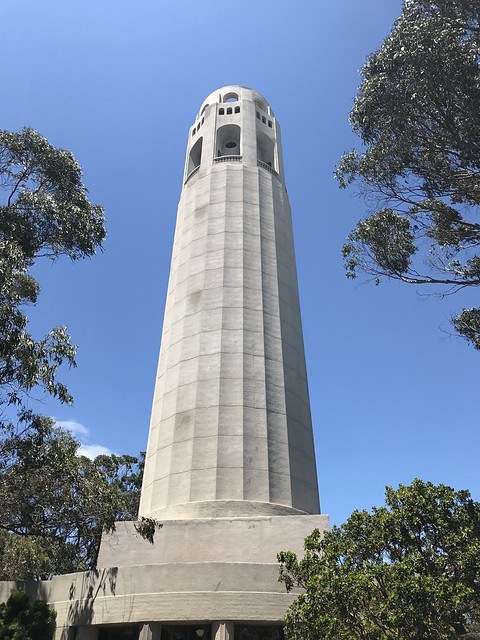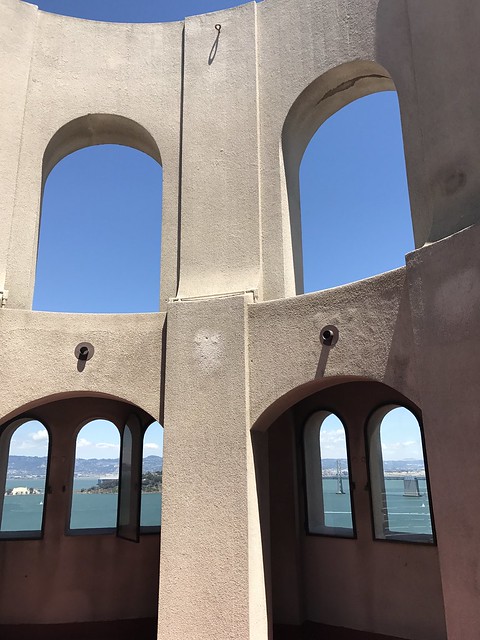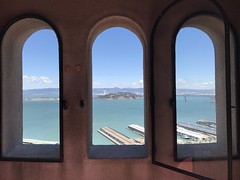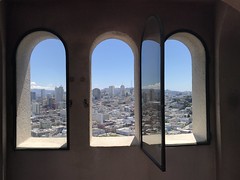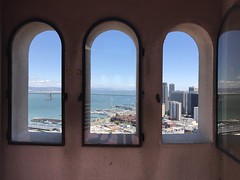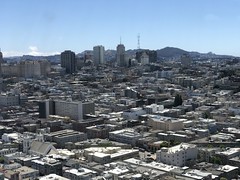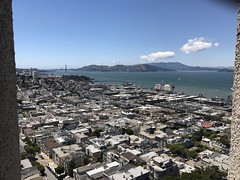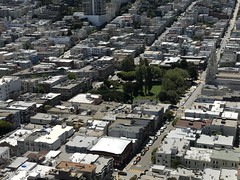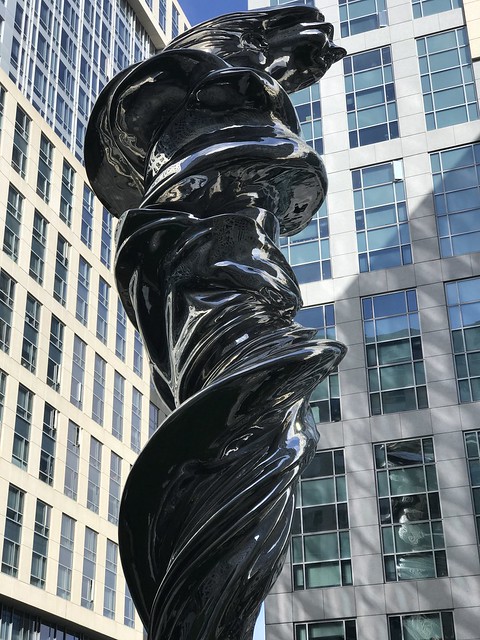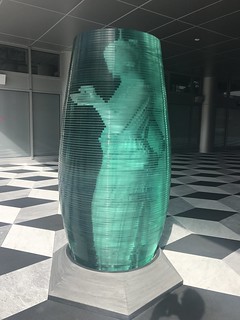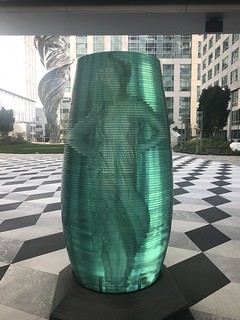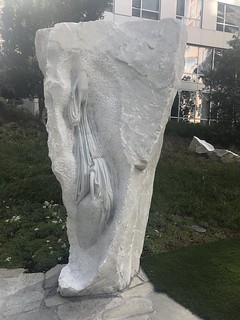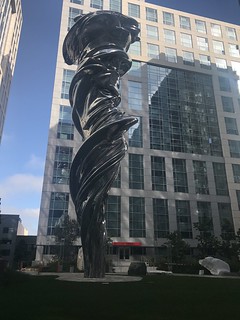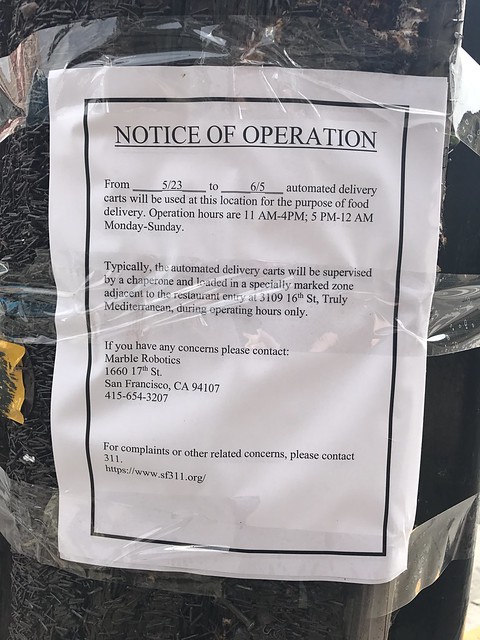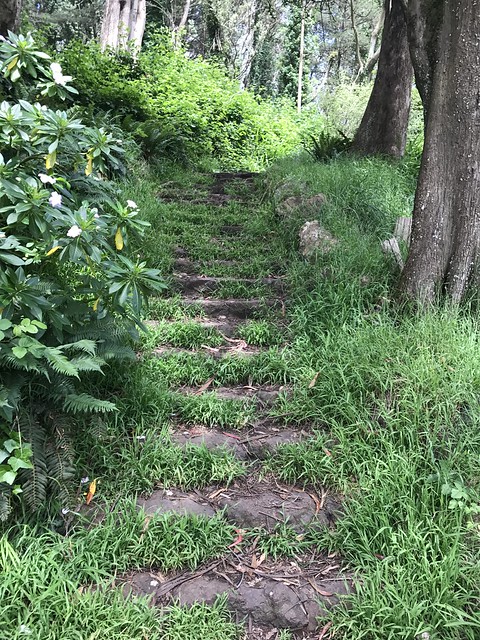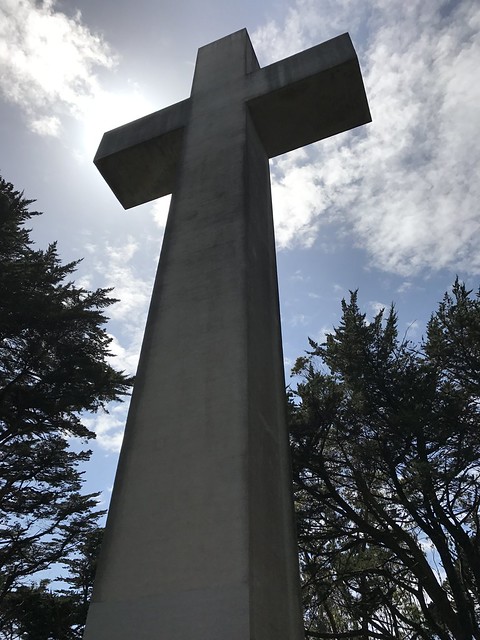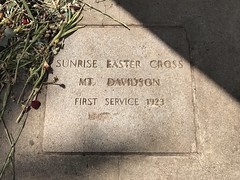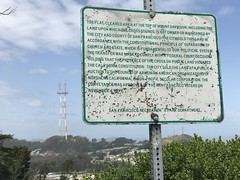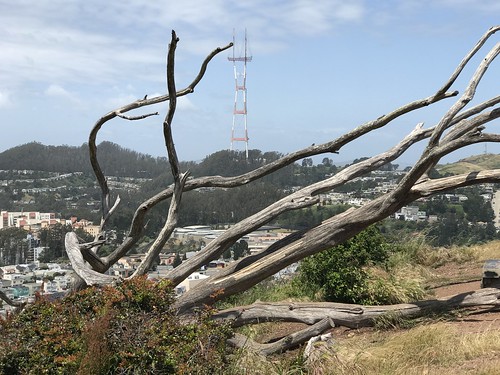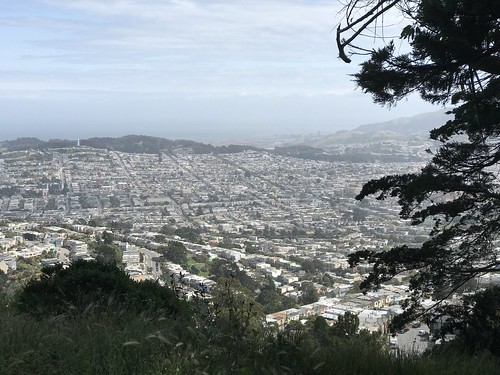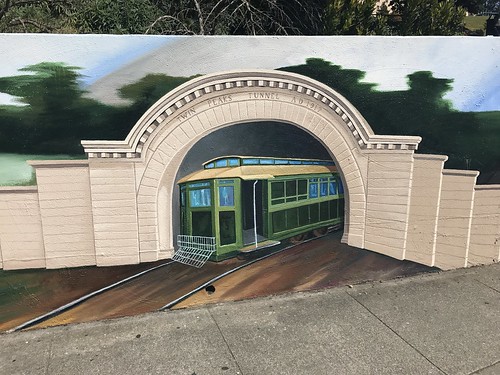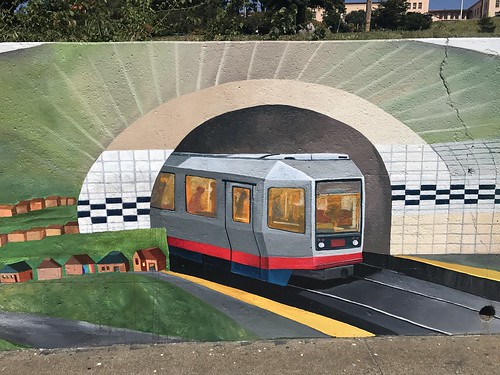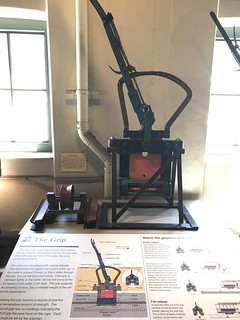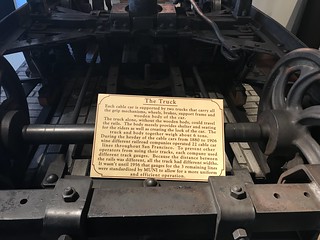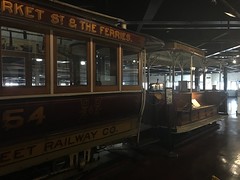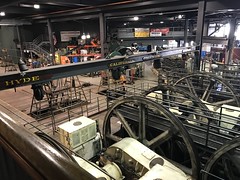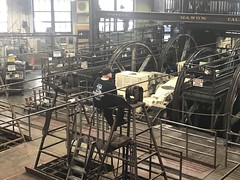In a previous post about my trip to the Mediterranean earlier this summer, I broke down how I decided to take a month long vacation on a whim after finding out about a cheap flight directly from Oakland to Barcelona. Here, I’m going to explain where I went and how much the transportation cost at and between each location.
I’m won’t go into what I spent at each location on food, hotels, tours, etc. since unlike transportation costs that’s going to vary wildly from one person’s budget to the next. Some people can afford luxury hotels and fancy restaurants, others couch surf and make their own food — but the costs are more or less fixed when we’re talking about getting from point A to point B in a reasonable amount of time. And yes, you can pay more for “first class” airfare, but why? Let’s get real, flying still sucks no matter how much money you squander on it, so don’t be an idiot.
Barcelona
The trip began and ended in Barcelona. I landed on June 17th, took the Aerobus to the central Plaça de Catalunya, and walked to my hotel from there. The Aerobus is very convenient, and a reasonable deal at 10.20 euros for a round trip or 5.90 one way. You can buy tickets online or at either terminal stop. I also bought a T-10 pass on the Metro for up to 10 trips for just under 10 euros. Individual rides cost about two euros, so I got an okay rate despite only using it six times total.
Fair warning that in Barcelona, the two main languages are Catalan Spanish and Castilian Spanish. Many locals don’t speak anything else, so be aware that you may have to get by with pointing at things and using basic Castilian (or English) phrases in some situations. But for buying passes on the Aerobus and the metro, English is fine.
Transportation cost: 10.20 euros ($12.08) + 10 euros ($11.84) = $23.92
Venice
On the 20th I left Barcelona for Venice. I took a Vueling flight for just under $71. If you’ve never flown Vueling before, it’s an absolutely no-frills discount airline based in Spain that flies throughout Europe. There’s no in-flight entertainment whatsoever on Vueling, so bring a book, magazine, movie, etc. to keep yourself entertained.
I should point out that the Venice airport isn’t on the main island (which is technically a chain of islands, but who’s counting.) From the Marco Polo airport, I took a water bus — or “vaporetto” — to the stop closest to my Airbnb. I used Alilaguna’s blue line vaporetto, which cost 15 euros for a one way trip. Tickets are sold at the airport, and you can pay by cash or credit card.
For a large group of people it may be more economical to take a water taxi, but as an individual that would have been a little pricey. Once you’re on the main island it’s very walkable, though you have the option of getting around via vaporetto or water taxi — or take a gondola ride, but that’s silly and overpriced.
Transportation cost: $71 + 15 euros ($17.71) = $88.71
Florence
Originally I wasn’t planning on staying in Florence, but after looking at the layout of Italy’s rail system it seemed reasonable to stop in Florence for a couple nights on my way to Rome. So I stayed at a hotel from the 23rd to the 25th right in the heart of Florence, steps away from the famous Il Duomo cathedral. The only transportation cost within the city was the wear and tear on my shoes.
How much did the rail trip cost? Well, hold on a sec. After Florence, I got on the train again to visit…
Rome
I bought my rail tickets all at once so I don’t have a cost breakdown, but from Venice to Florence, and then from Florence to Rome I spent $71. That’s it — all the train stations were easily walkable from where I was staying, so no additional bus, subway, taxi, etc. charges were needed. If you can, high speed rail is by far the best way to travel.
I stayed in Rome from the 25th to July 5th. Within Rome I mostly walked, although I bought a seven day bus/metro pass for 24 euros and used it when needed. Which if I’m going to be totally honest, was not very much; Rome is a very walkable city, I barely used the pass at all.
On my way to the airport, I took the not terribly fast “express” airport train for 14 euros from the main train station.
Rome/Florence transportation cost: $71 + 24 euros ($28.34) + 14 euros ($16.53) = $115.87
Athens and Greek islands
From Rome I took a flight to Athens on Aegean for $115 USD on July 5th. Despite what you may think, the Greek economic problems doesn’t mean everything there is cheap. That said Greece doesn’t attract as many tourists these days — most of the tours I booked wound up as personalized tours because nobody else showed up!
My Greek friend, his girlfriend, and I spent a long weekend on the island of Spetses. I also ventured out on a One Day Cruise which went from Hydra to Poros to Aegina. Combined, both the day cruise and the hydrofoil tickets to and from Spetses cost just slightly over $200 USD.
I also took a handful of trips on the Greek metro, but since I paid in cash there’s no paper trail on how much I spent. It’s only 1.40 euros per trip, I probably spent less than $15 total. Greek taxis are also fairly cheap, so maybe that’s $25 on local transit if you include the two times I took a taxi — a very liberal estimate.
Transportation cost: $115 + $200 + $25 = $340
Barcelona, part 2
From Athens back to Barcelona was not cheap, I wound up paying $175 for a Vueling flight. That said, flying to or from Athens isn’t cheap on any airline, and it was still cheaper to fly back to Barcelona then back to the Bay Area than to fly back from Athens directly. Besides, I very much enjoyed spending more time in Barcelona. I arrived on the 13th, heading home on the 16th.
While I had to buy another round trip on the Aerobus for another 10.20 euros, I also continued using my ten ride Barcelona metro pass. I didn’t spend anything else on transit in Barcelona.
Transportation cost: $175 + 10.20 euros ($12.04) = $186.98
Conclusion
Let’s add this all up:
Barcelona part 1: $23.92
Venice: $88.71
Florence and Rome: $115.87
Athens and four Greek islands: $340
Barcelona part 2: $186.98
Total European transportation expenses: $755.48
So traveling around Europe doesn’t have to be all that expensive these days. Something to think about if you’ve got a lot of vacation days saved up, or a job where you can work remotely. Wrapping it all up, here’s my takeaways about getting around in Europe on the cheap:
- When possible, travel by high speed rail. When you have to fly, research how you’ll get to and from the airport in advance.
- For the best deals on airfare, book as far in advance as you can; for rail you can book at the last minute and it won’t matter.
- Compact, walkable cities are great to visit since you won’t need to spend much (if anything!) on getting around.
- Riding public transit is usually a bargain, but don’t do what I did and pay for more than you need.
- Google Maps is your friend! But make sure to keep your phone charged, and add labels at places your staying or traveling to so you don’t get lost.

